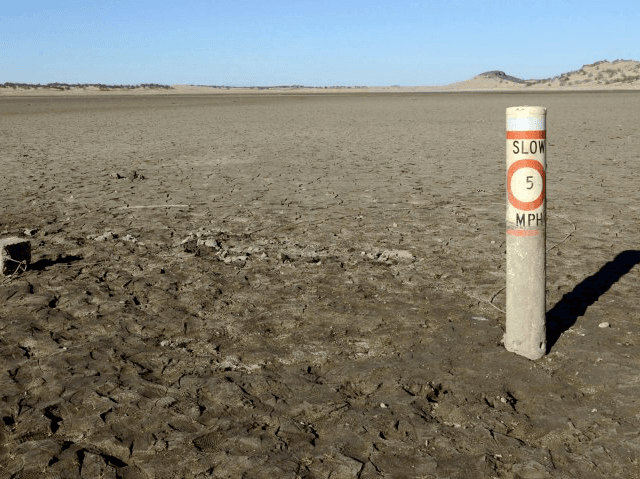Torrential, fast-moving rainstorms caused by atmospheric rivers, or ribbons of water vapor extending thousands of miles in the sky, could be the answer to a three-year drought, an answer for which California is desperate.
The powerful storms, called atmospheric rivers because of how they flow in the sky, can carry up to 15 times as much water as the Mississippi River, scientists told the Los Angeles Times. The storms they unleash can deliver up to a full half of the entire state’s rainfall in just three months between December and February.
California needs five atmospheric rivers a year just to maintain snowpack, fill state reservoirs, and spur agricultural growth, California Department of Water Resources climatologist Michael Anderson told the Times, however it is unlikely that the powerful storms will end the drought this year.
According to a 2013 study conducted by the University of California and the U.S. Geological Survey, “ARs (atmospheric rivers) have played a critical role as a common cause of the end of droughts on the West Coast.” The study concludes that between 33-40% of long-term droughts in the state have been ended by the arrival of storms caused by atmospheric rivers.
CalWater2, an interagency field campaign involving scientists from the Scripps Institute of Oceanography at UC San Diego, the NOAA, and NASA, began studying atmospheric rivers last week in an attempt to discover more about how California gets its rain and snow.
The researchers will pilot aircraft through and on top of the storms, while ground-based instruments set up on ships hundreds of miles off the coast measure the storms’ intensity, speed, and temperature.
Scripps climate researcher and CalWater lead investigator Marty Ralph explained the importance of the group’s research. “Climate and weather models have a hard time getting precipitation right,” Ralph said in a statement. “In fact, the big precipitation events that are so important for water supply and can cause flooding, mostly due to atmospheric rivers, are some of the most difficult to predict with useful accuracy.”
“The severe California drought is essentially a result of a dearth of atmospheric rivers, while, conversely, the risk of Katrina-like damages for California due to severe ARs has also been quantified in previous research,” Ralph said.
The “Katrina-like damages” Ralph made reference to are the floods and mudslides that a succession of strong atmospheric rivers would inevitably cause. A 2011 simulation of a massive but “scientifically realistic” atmospheric river conducted by the USGS found that the resulting storm would “produce precipitation that in many places exceeds levels only experienced on average once every 500 to 1,000 years.”
The study’s conclusion, in part, states:
In many cases flooding overwhelms the state’s flood-protection system, which is typically designed to resist 100-to 200-year runoffs. The Central Valley experiences hypothetical flooding 300 miles long and 20 or more miles wide. Serious flooding also occurs in Orange County, Los Angeles County, San Diego, the San Francisco Bay area, and other coastal communities. Windspeeds in some places reach 125 miles per hour, hurricane-force winds. Across wider areas of the state, winds reach 60 miles per hour. Hundreds of landslides damage roads, highways, and homes. Property damage exceeds $300 billion, most from flooding.
“Everybody’s hoping for them, but we don’t want too many,” USGS project manager Dale Cox told the Times. Atmospheric rivers “provide us water, but they are also a major source of our calamity.”
On Saturday, two federal agencies predicted that California’s three-year drought would continue, at least in the short term.

COMMENTS
Please let us know if you're having issues with commenting.